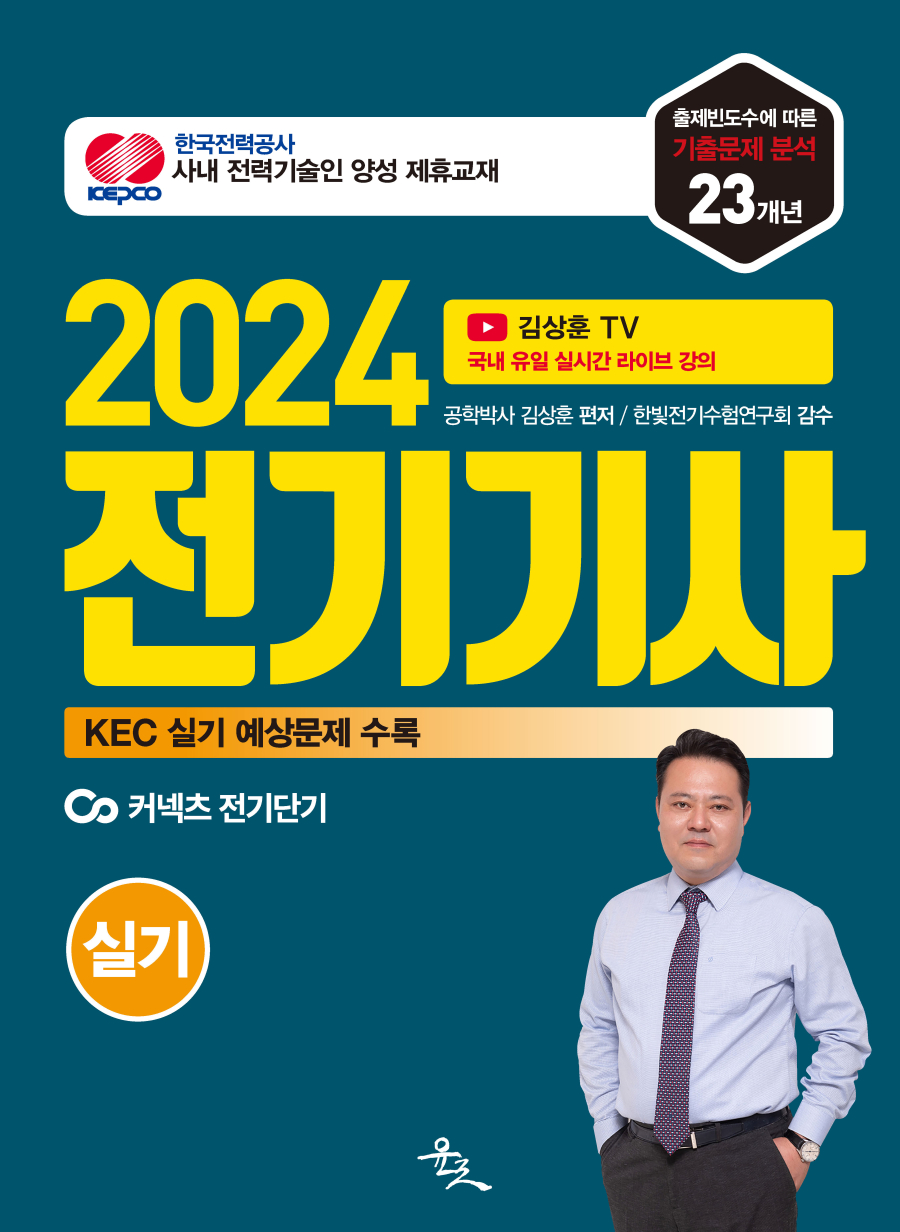FreeGPT: Ethical Considerations and Responsible AI Deployment
페이지 정보

본문
AI Chatbots Without Boundaries: Meet FreeGPT
In the quickly evolving world of technology, artificial intelligence (AI) is gaining prominence and transforming the way we interact with computers and expertise. One such remarkable creation is the advent of AI chatbots, which are revolutionizing customer service, offering virtual assistance, and facilitating communication in an efficient and engaging manner. With the latest breakthrough in AI know-how, OpenAI has introduced a powerful language version called FreeGPT, which aims to take the capabilities of AI chatbots to new heights, allowing them to transcend barriers and provide an enhanced user experience.
FreeGPT is an AI language model that has been crafted using large-scale educational information, enabling it to understand and respond to human language in a dialogue manner. Powered by advanced machine learning algorithms, FreeGPT has the ability to generate contextually appropriate responses, effectively mimicking human-like interactions. This phenomenal advancement in AI technology holds tremendous potential for a wide range of applications, spanning across buyer support, virtual assistants, education, content generation, and more.
One of the key aspects that sets FreeGPT apart from other AI chatbot models is its ability to generate text that is more coherent and contextually relevant. OpenAI has focused on boosting the model's performance by fine-tuning it to reduce potential biases and improve its general reliability. By incorporating a diverse range of training data, FreeGPT is designed to handle a multitude of topics and engage in natural and meaningful conversations with users.
With FreeGPT, AI chatbots have the ability to interact with users in a way that feels conversational and personalized. Chatbots can now understand and respond to queries, offer help, and engage in discussions that replicate human-to-human conversations. This breakthrough opens up new doors for businesses to effectively interact with their customers, offering round-the-clock support, and addressing their requirements in a timely and high-performing manner.
Moreover, FreeGPT has the potential to present a crucial help role in educational settings. With its capacity to generate coherent and informative responses, this AI chatbot model can act as a digital tutor, aiding students with their queries and providing guidance on a wide vary of topics. This has the potential to bridge the gap between traditional learning methods and the electronic technology, enabling students to access personalized support and enhance their academic journey.
Furthermore, FreeGPT is a potent software for content generation. Writers, bloggers, and content creators can leverage this subtle AI chatbot to generate high-quality content that aligns with their needs. With FreeGPT's capability to understand context and generate coherent text, it can assist in generating creative ideas, developing engaging narratives, and producing well-structured written content. This has the potential to streamline content creation processes and ignite creativity across alternative industries.
In spite of the immense potential offered by FreeGPT, it is important to be mindful of capability challenges and obstacles. The AI model is not immune to biases present in the data it is educated on, and there is a need to constantly refine and better the model to guarantee equity and inclusivity. Additionally, there is a risk of misuse and unethical application, which needs to be addressed through responsible deployment and continuous monitoring.
In conclusion, FreeGPT represents a influential milestone in the field of AI chatbots, offering enhanced conversational capabilities and pushing the boundaries of what is possible with AI technology. With its natural language understanding and generation capabilities, FreeGPT has the potential to transform customer support, virtual assistance, schooling, content generation, and more. As we embrace this smart innovation, it is crucial to be mindful of ethical considerations and ensure responsible usage, ultimately triggering the true potential of AI chatbots to advantage humanity.
AI-Powered Copywriting: ChatGPT vs. WriteSonic - What Reigns Supreme?
Artificial Intelligence (AI) has revolutionized many industries, and copywriting is no exception. With the rise of AI-powered writing instruments, agencies and content creators now have access to powerful language models that can generate high-quality texts. Amongst these tools, two stand out: ChatGPT and WriteSonic. In this article, we'll dive deep into these two AI platforms, evaluate their features, and figure which one reigns supreme in the domain of AI-powered copywriting.
First and foremost, let's understand what gpt-3 and WriteSonic bring to the table. Both are AI-based writing assistants that leverage pure language processing (NLP) to help users generate content shortly and efficiently. They use advanced algorithms and machine learning techniques to understand inputs and generate responses that mimic human writing.
gpt-3, developed by OpenAI, is a popular language model that excels in creating conversational, dialogue-based content. It can join in interactive conversations, making it highly appropriate for customer service chatbots, virtual assistants, and content generation that requires a more interactive approach. With its ability to understand context and respond coherently, gpt-3 has become a favorite among content creators looking for a conversational tone in their copy.
On the other hand, WriteSonic, developed by OpenAI's competitor, is designed specifically for copywriting, including advertising, blogging, and social media content. It focuses on generating concise and compelling copy for various advertising purposes. WriteSonic provides templates and prompts to guide users in crafting effective headlines, product descriptions, email subject lines, and social media posts. With its marketing-specific approach, WriteSonic helps businesses generate attention-grabbing copy to drive engagement and conversions.
Now let's compare and evaluate the features of these two AI-powered authorship platforms.
ChatGPT, with its conversational capabilities, allows users to have interactive classes where they can guide the AI in real-time. In case you loved this article and you want to receive more information with regards to chatgpt login kindly visit our web-page. This makes it compatible for scenarios where a back-and-forth chat is needed, as it can provide more personalized responses. On the other hand, WriteSonic focuses on generating copy based on predefined inputs and guidance. It offers a vary of copy templates, making it faster and simpler to generate content while ensuring consistency and adhering to advertising best practices.
In phrases of versatility, each platforms provide a wide range of writing styles and tones. Whether you require formal and professional language or a more casual and friendly approach, both ChatGPT and WriteSonic can cater to the specific needs. However, it is important to note that the extensive training of ChatGPT on conversational data might make it more proficient in generating dialogue-based content.
Accuracy is a crucial aspect when evaluating AI-powered copywriting instruments. Whereas both platforms strive to produce high-quality copy, ChatGPT's conversational nature might sometimes result in outputs that lack coherence or wander off-topic. WriteSonic, on the other hand, with its focus on marketing copy and templates, tends to provide extra consistent and concise content that aligns with industry standards.
It's also worth mentioning that both platforms allow users to customize the generated text by providing specific instructions or preferences. However, ChatGPT's conversational design makes it more flexible in adapting to user inputs and delivering content tailored to individual needs.
Pricing is an important factor for businesses considering AI-powered copywriting tools. ChatGPT offers a complimentary version, but its premium subscription unlocks additional features and removes usage limits. WriteSonic follows a similar pricing model, with a free plan and a subscription-based model for access to developed features. It's beneficial to assess the specific standards and compare the pricing plans to determine which platform aligns better with your finances and needs.
In conclusion, both ChatGPT and WriteSonic have their own strengths and distinctive features that make them priceless tools for AI-powered copywriting. ChatGPT's conversational abilities make it ideal for interactive content, whereas WriteSonic's focus on marketing copy delivers efficient solutions for generating attention-grabbing text.
Ultimately, the choice between ChatGPT and WriteSonic depends on your express requirements, finances, and preferences. We recommend unraveling both platforms, taking advantage of their free plans, and testing out their features to determine which AI writing tool best suits your needs. With the power of AI behind you, the realm of copywriting is ripe for innovation and creative possibilities.
In the quickly evolving world of technology, artificial intelligence (AI) is gaining prominence and transforming the way we interact with computers and expertise. One such remarkable creation is the advent of AI chatbots, which are revolutionizing customer service, offering virtual assistance, and facilitating communication in an efficient and engaging manner. With the latest breakthrough in AI know-how, OpenAI has introduced a powerful language version called FreeGPT, which aims to take the capabilities of AI chatbots to new heights, allowing them to transcend barriers and provide an enhanced user experience.
FreeGPT is an AI language model that has been crafted using large-scale educational information, enabling it to understand and respond to human language in a dialogue manner. Powered by advanced machine learning algorithms, FreeGPT has the ability to generate contextually appropriate responses, effectively mimicking human-like interactions. This phenomenal advancement in AI technology holds tremendous potential for a wide range of applications, spanning across buyer support, virtual assistants, education, content generation, and more.
One of the key aspects that sets FreeGPT apart from other AI chatbot models is its ability to generate text that is more coherent and contextually relevant. OpenAI has focused on boosting the model's performance by fine-tuning it to reduce potential biases and improve its general reliability. By incorporating a diverse range of training data, FreeGPT is designed to handle a multitude of topics and engage in natural and meaningful conversations with users.
With FreeGPT, AI chatbots have the ability to interact with users in a way that feels conversational and personalized. Chatbots can now understand and respond to queries, offer help, and engage in discussions that replicate human-to-human conversations. This breakthrough opens up new doors for businesses to effectively interact with their customers, offering round-the-clock support, and addressing their requirements in a timely and high-performing manner.
Moreover, FreeGPT has the potential to present a crucial help role in educational settings. With its capacity to generate coherent and informative responses, this AI chatbot model can act as a digital tutor, aiding students with their queries and providing guidance on a wide vary of topics. This has the potential to bridge the gap between traditional learning methods and the electronic technology, enabling students to access personalized support and enhance their academic journey.
Furthermore, FreeGPT is a potent software for content generation. Writers, bloggers, and content creators can leverage this subtle AI chatbot to generate high-quality content that aligns with their needs. With FreeGPT's capability to understand context and generate coherent text, it can assist in generating creative ideas, developing engaging narratives, and producing well-structured written content. This has the potential to streamline content creation processes and ignite creativity across alternative industries.
In spite of the immense potential offered by FreeGPT, it is important to be mindful of capability challenges and obstacles. The AI model is not immune to biases present in the data it is educated on, and there is a need to constantly refine and better the model to guarantee equity and inclusivity. Additionally, there is a risk of misuse and unethical application, which needs to be addressed through responsible deployment and continuous monitoring.
In conclusion, FreeGPT represents a influential milestone in the field of AI chatbots, offering enhanced conversational capabilities and pushing the boundaries of what is possible with AI technology. With its natural language understanding and generation capabilities, FreeGPT has the potential to transform customer support, virtual assistance, schooling, content generation, and more. As we embrace this smart innovation, it is crucial to be mindful of ethical considerations and ensure responsible usage, ultimately triggering the true potential of AI chatbots to advantage humanity.
AI-Powered Copywriting: ChatGPT vs. WriteSonic - What Reigns Supreme?
Artificial Intelligence (AI) has revolutionized many industries, and copywriting is no exception. With the rise of AI-powered writing instruments, agencies and content creators now have access to powerful language models that can generate high-quality texts. Amongst these tools, two stand out: ChatGPT and WriteSonic. In this article, we'll dive deep into these two AI platforms, evaluate their features, and figure which one reigns supreme in the domain of AI-powered copywriting.
First and foremost, let's understand what gpt-3 and WriteSonic bring to the table. Both are AI-based writing assistants that leverage pure language processing (NLP) to help users generate content shortly and efficiently. They use advanced algorithms and machine learning techniques to understand inputs and generate responses that mimic human writing.
gpt-3, developed by OpenAI, is a popular language model that excels in creating conversational, dialogue-based content. It can join in interactive conversations, making it highly appropriate for customer service chatbots, virtual assistants, and content generation that requires a more interactive approach. With its ability to understand context and respond coherently, gpt-3 has become a favorite among content creators looking for a conversational tone in their copy.
On the other hand, WriteSonic, developed by OpenAI's competitor, is designed specifically for copywriting, including advertising, blogging, and social media content. It focuses on generating concise and compelling copy for various advertising purposes. WriteSonic provides templates and prompts to guide users in crafting effective headlines, product descriptions, email subject lines, and social media posts. With its marketing-specific approach, WriteSonic helps businesses generate attention-grabbing copy to drive engagement and conversions.
Now let's compare and evaluate the features of these two AI-powered authorship platforms.
ChatGPT, with its conversational capabilities, allows users to have interactive classes where they can guide the AI in real-time. In case you loved this article and you want to receive more information with regards to chatgpt login kindly visit our web-page. This makes it compatible for scenarios where a back-and-forth chat is needed, as it can provide more personalized responses. On the other hand, WriteSonic focuses on generating copy based on predefined inputs and guidance. It offers a vary of copy templates, making it faster and simpler to generate content while ensuring consistency and adhering to advertising best practices.
In phrases of versatility, each platforms provide a wide range of writing styles and tones. Whether you require formal and professional language or a more casual and friendly approach, both ChatGPT and WriteSonic can cater to the specific needs. However, it is important to note that the extensive training of ChatGPT on conversational data might make it more proficient in generating dialogue-based content.
Accuracy is a crucial aspect when evaluating AI-powered copywriting instruments. Whereas both platforms strive to produce high-quality copy, ChatGPT's conversational nature might sometimes result in outputs that lack coherence or wander off-topic. WriteSonic, on the other hand, with its focus on marketing copy and templates, tends to provide extra consistent and concise content that aligns with industry standards.
It's also worth mentioning that both platforms allow users to customize the generated text by providing specific instructions or preferences. However, ChatGPT's conversational design makes it more flexible in adapting to user inputs and delivering content tailored to individual needs.
Pricing is an important factor for businesses considering AI-powered copywriting tools. ChatGPT offers a complimentary version, but its premium subscription unlocks additional features and removes usage limits. WriteSonic follows a similar pricing model, with a free plan and a subscription-based model for access to developed features. It's beneficial to assess the specific standards and compare the pricing plans to determine which platform aligns better with your finances and needs.
In conclusion, both ChatGPT and WriteSonic have their own strengths and distinctive features that make them priceless tools for AI-powered copywriting. ChatGPT's conversational abilities make it ideal for interactive content, whereas WriteSonic's focus on marketing copy delivers efficient solutions for generating attention-grabbing text.
Ultimately, the choice between ChatGPT and WriteSonic depends on your express requirements, finances, and preferences. We recommend unraveling both platforms, taking advantage of their free plans, and testing out their features to determine which AI writing tool best suits your needs. With the power of AI behind you, the realm of copywriting is ripe for innovation and creative possibilities.
- 이전글mentax in vendita a Città del Messico 23.10.03
- 다음글Jehovah sexual abuseShe spanked me with strapFree galleries of nudists 23.10.03
댓글목록
등록된 댓글이 없습니다.









 커넥츠 동영상강의
커넥츠 동영상강의 전기기사 공식까페
전기기사 공식까페 김상훈TV
김상훈TV